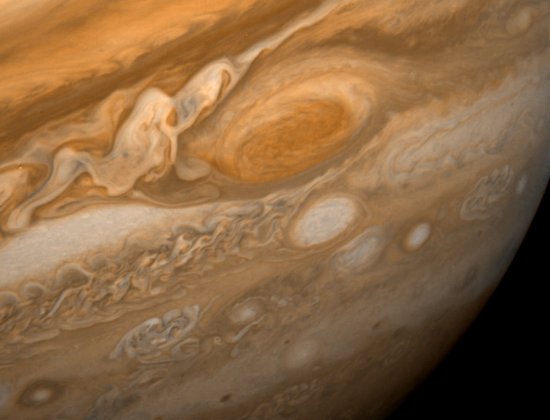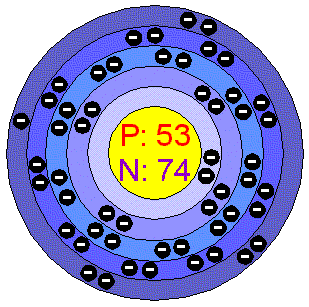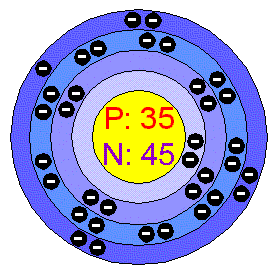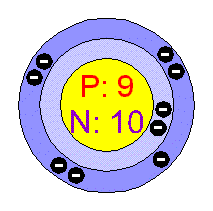1, Carbohydrates are simple molecules. They are straight chains Keaton's with many hydride groups added. Usually one of each carbon atom isn't" t part of the
rettox function group. Carbohydrates are one of the most abundant molecules that fill important roles. Most important roles are storage, transporting energy, and structural components. Carbohydrates are broken down in the small intestine.
2, Animals store glucose as cells convect to starch. This happens in the liver and muscle tissues as an instant source of energy.
4, Saturated fat is a type of single bound animals and vegetable fat as that found in butters, meat, egg yolk, coconut, or palm oil. Saturated fats can also increase cholesterol levels in the blood of humans.
Unsaturated fat is liquid (in room temperature) fat from derived plants and some animal sources, such as fish. It can reduce blood cholesterol levels, if there is less saturated fat intake.
5, Osteoporosis is a disease when lacking calcium, such as milk.
6, Bile is a fluid that is secreted by the liver and stored in the gallbladder. It aids in absorption and digestion of fats.
7, Rickets is caused by lack of vitamin D.
8, Large intestines main function is to absorb water
fran and eliminates the residue of digestion.
9,
BMI stands for Body Mass Index. I recommend 1,730 calories for my
BMI.
10, Playing Rainbow Mart I learnt many things about labelling.
1,Peanut butter counts as a meant substance. 2Tbsp of peanut butter is worth 50-100grams of meat.
2, Some
labells an packaged foods contains "health claims" that fill you how foods choices effect your health.
3, Jam is in the "others" in the food groups, because they are high in sugar and fat.
4, Using skim milk powder in cooking and baking stretches your budget.
5, Fiber is most important to help your bounds work properly. Aim for 25 grams per day. Look for whole grains and other high fiber to boost your fibres intake.
11, The
importants in a teenagers diet is to have 1300mg of calcium a day.
12,a,
Protein builds and repairs your muscles and organs.
b, Nutrients are chemical substances found in food and are essential for life.
c, Teenagers need 1300 mg of calcium a day.
d,
Nutritional value of food
depends on what you eat not when you eat. Snacks from the five food groups are just as
nutritiouse as meals.
e, Fat gives your more then twice the energy of proteins or carbohydrates.
f, Fruits and
vegetables are
some of the best sources of vitamin A and C.
g, Eating a wide variety of all the food groups is all the nutrients your body needs.
h, Fat supplies a 9
calories per gram.
i, A half-pint (8ounce) of milk provides 13% of the protein and 25% of the
calories and
rebaflaim a teenagers needs daily.
 more.
more. more.
more.

















